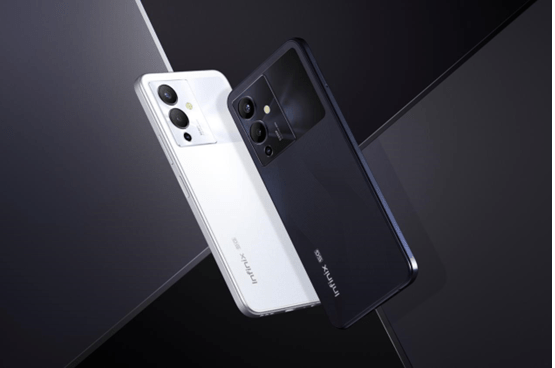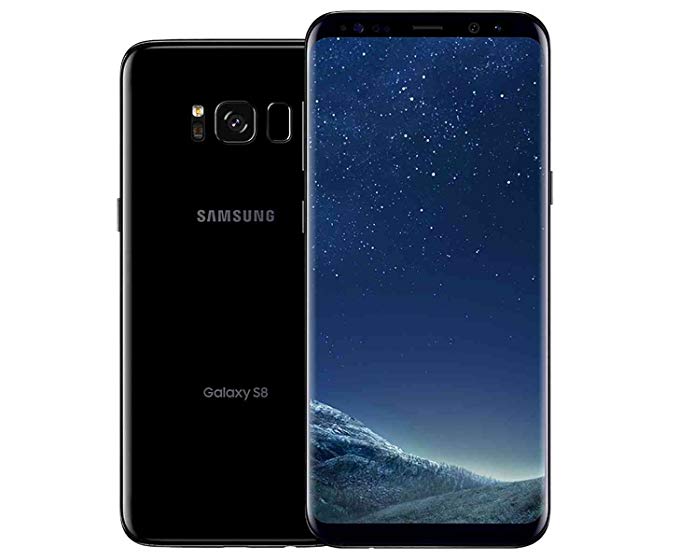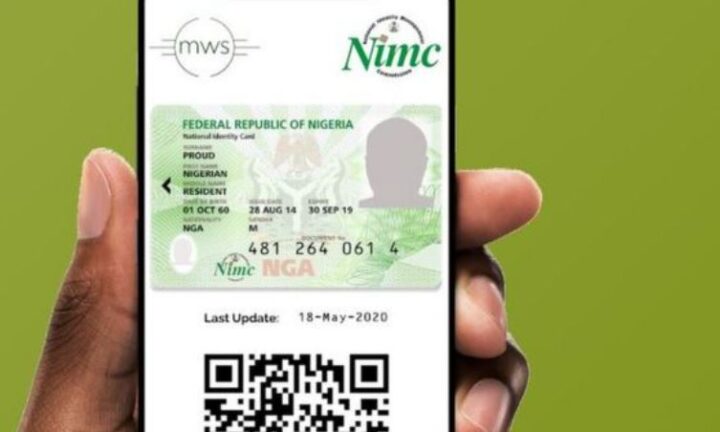According to a report by Fast Company, Apple may not opt to use Qualcomm’s own QTM 525 mmWave antenna module and instead design its own 5G antenna. Cited by the source “with knowledge of Apple’s plans”, Apple will be using the Qualcomm X55 modem on its 5G iPhones and it will design its own antenna for it.
Apple is apparently working on the antenna design for both possible outcomes – whether it goes with Qualcomm’s QTM 525 or Apple’s own design. Apple doesn’t want to go with the Qualcomm antenna for two apparent reasons: it would result in a thicker iPhone than Apple wants, and Apple will have to pay more royalties to Qualcomm if it decides to go with its parts.
Apple’s 5G iPhone would use a “phased array” antenna that uses two parts to form a signal beam. This beam would be able to be steered electronically. The challenge with creating a 5G antenna for mmWave is that they are more difficult to design due to the higher frequencies, there are tighter tolerances for manufacturing. Apple has designed a bad antenna in the past. If you remember #antennagate, the iPhone 4 was manufactured with an antenna that would drop signal if you held it the wrong way. Surely Apple has learned its lesson after that incident, and another #antennagate would not be good for Apple.
5G Overview
5G is the fifth generation wireless technology for digital cellular networks that began wide deployment in 2019.The frequency spectrum of 5G is divided into millimeter waves, mid-band and low-band. Low-band uses a similar frequency range as the predecessor, 4G.
5G millimeter wave is the fastest, with actual speeds often being 1–2 Gb/s down. Frequencies are above 24 GHz reaching up to 72 GHz which is above the extremely high frequency band’s lower boundary. The reach is short, so more cells are required. Millimeter waves have difficulty traversing many walls and windows, so indoor coverage is limited. 5G networks are digital cellular networks, in which the service area covered by providers is divided into small geographical areas called cells. Analog signals representing sounds and images are digitized in the telephone, converted by an analog to digital converter and transmitted as a stream of bits. All the 5G wireless devices in a cell communicate by radio waves with a local antenna array and low power automated transceiver in the cell, over frequency channels assigned by the transceiver from a pool of frequencies that are reused in other cells. The local antennas are connected with the telephone network and the Internet by a high bandwidth optical fiber or wireless backhaul connection. As in other cell networks, a mobile device crossing from one cell to another is automatically “handed off” seamlessly to the new cell.
For more such interesting article like this, app/softwares, games, Gadget Reviews, comparisons, troubleshooting guides, listicles, and tips & tricks related to Windows, Android, iOS, and macOS, follow us on Google News, Facebook, Instagram, Twitter, YouTube, and Pinterest.


































